Try your hardest to think of five foods that start with X. Are you stuck already? You may know of xanthan gum or xylitol, but the rest of these x-citing foods may surprise you! Keep reading to discover 25 foods that start with the letter X.
Once you finish with this article, read on to learn more about the awesome vegetables that start with X or fruits that start with X!
#1: Xavier de Bavay

Xavier de Bavay apples are large and yellow, and they often have orange or red stripes.
©Brent Hofacker/Shutterstock.com
Xavier de Bavay is a type of yellow apple first grown in Belgium and named after one of the country’s lead horticulturalists. Many describe the flavor of these apples as excellent, given their juicy and sweet flesh. Xavier de Bavay apples are large and usually have orange or red stripes.
#2: Xacuti
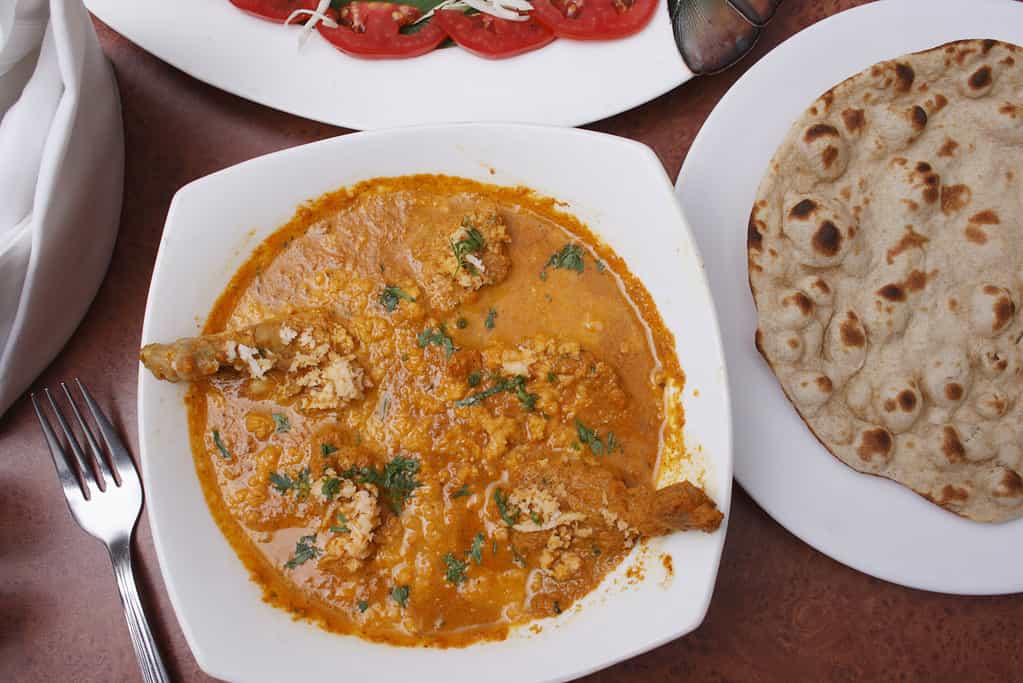
Chicken Goan xacuti is a curry from Goa. It has complex spicing, including white poppy seeds and large dried red chilies.
©Manu_Bahuguna/iStock via Getty Images
Xacuti is a curry dish from India. It contains sliced onions; toasted, grated coconut; and dry red chili peppers. It comprises many spices including cloves, cinnamon, poppy seeds, cumin, fennel, and turmeric. Most call it shagoti in Goa, the state in India where it originated. Fishermen in Arambol, a fishing village in Goa, made the dish for many years before it spread to the rest of the state. It’s traditionally served with fresh-caught fish or chicken.
#3: Xanthan Gum

Xanthan gum is an off-white powder that helps bind ingredients together, acting as a thickening agent.
©ALEKSEI BEZRUKOV/iStock via Getty Images
You’ve probably heard of xanthan gum — it’s one of the most popular food additives. Xanthan gum is an agent that thickens or stabilizes food. Xanthan gum manufacturers make it by fermenting sugar, adding alcohol, and then drying and powderizing the mixture. Its name comes from the species of bacteria that ferments the sugar — Xanthomonas campestris.
Chemist Allene Rosalind Jeanes discovered xanthan gum in the late 1950s to early 1960s. In the late 1960s, the FDA approved it for use in foods. It’s a type of soluble fiber, which means it’s a carb that your body cannot break down. When you eat xanthan gum, it absorbs water and becomes like jelly, slowing digestion. Though it’s considered safe, it doesn’t provide any calories or nutrients, and the body can’t digest it well.
#4: Xavier Steak
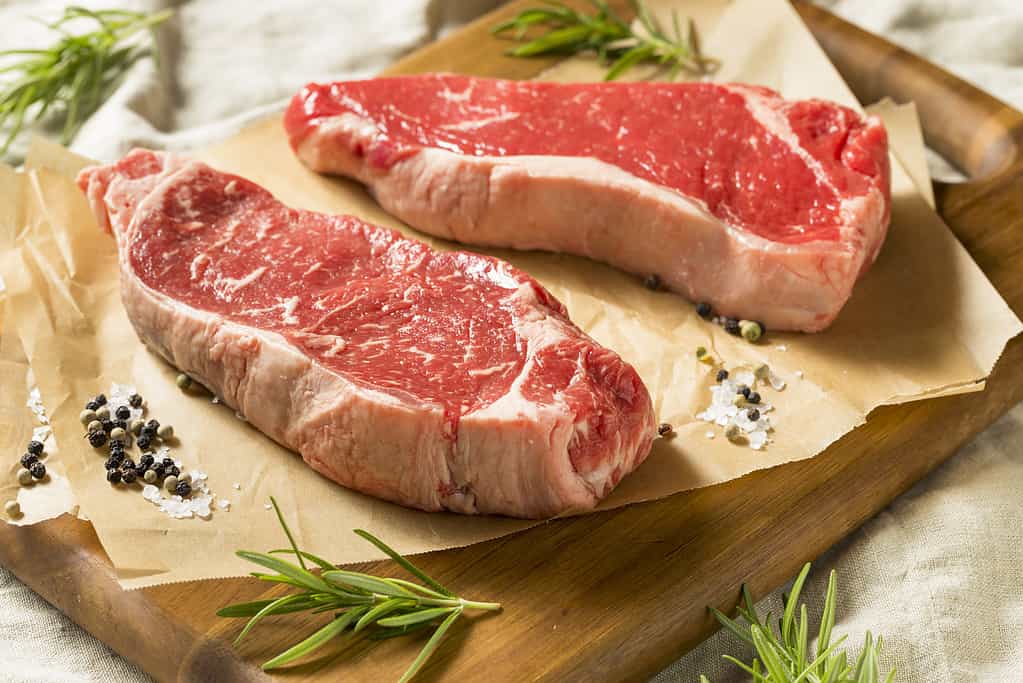
Xavier steak is usually a New York strip with asparagus and cheese smothered on top.
©bhofack2/iStock via Getty Images
Though the origins of Xavier steak aren’t quite clear, many believe the dish originated in New York in the 19th century. The name could have come from the person who made it or the place it was first created — its origin is unknown.
It’s a pretty easy dish to make — just three ingredients and a few spices and you’ll have a meal in no time. You can use any type of steak for it, but most recipes recommend using a New York strip. Cook the steak normally, with the spices and flavors you like. Then top it with cooked asparagus covered in around four slices of Swiss cheese. You can add more or less depending on your taste.
#5: Xia Mi
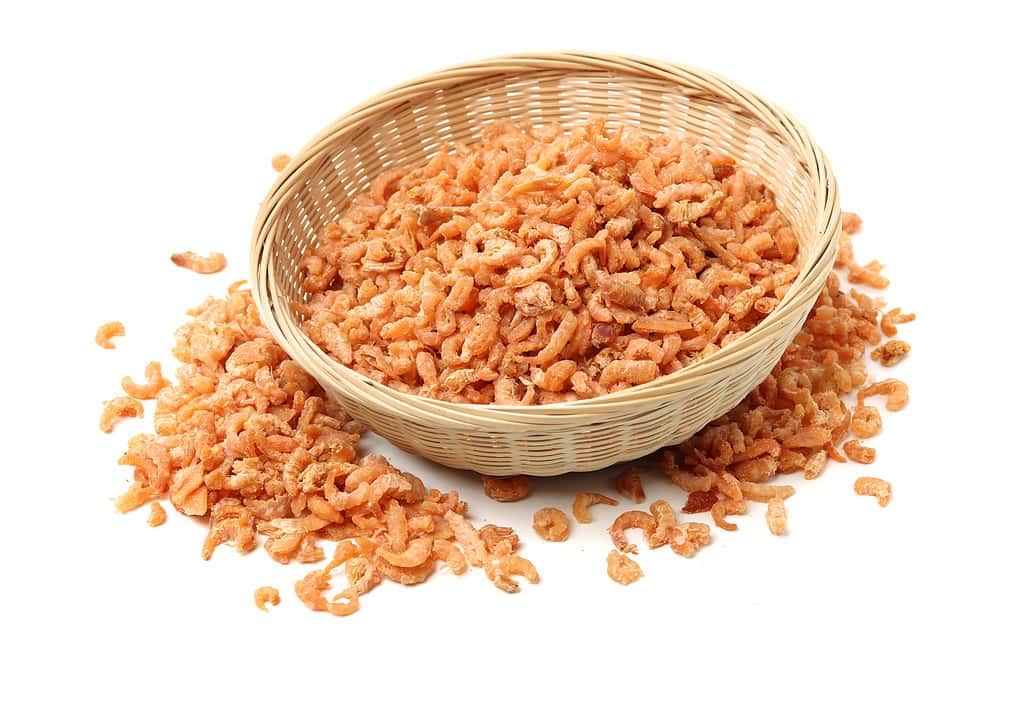
Dried shrimp taste great in almost any dish because they add an umami flavor.
©chengyuzheng/iStock via Getty Images
Xia mi is the Chinese word for dried shrimp, translating literally to shrimp rice, which is a common ingredient in Asian dishes. Dried shrimp stay good for a long time, they keep for around 3-4 months in the fridge in a glass jar. You can also freeze them and they’ll stay good for up to a year. Dried shrimp are delicious in stir-fries, soups, and curries. They have a chewier and tougher texture than fresh shrimp.
#6: Xiaolongbao
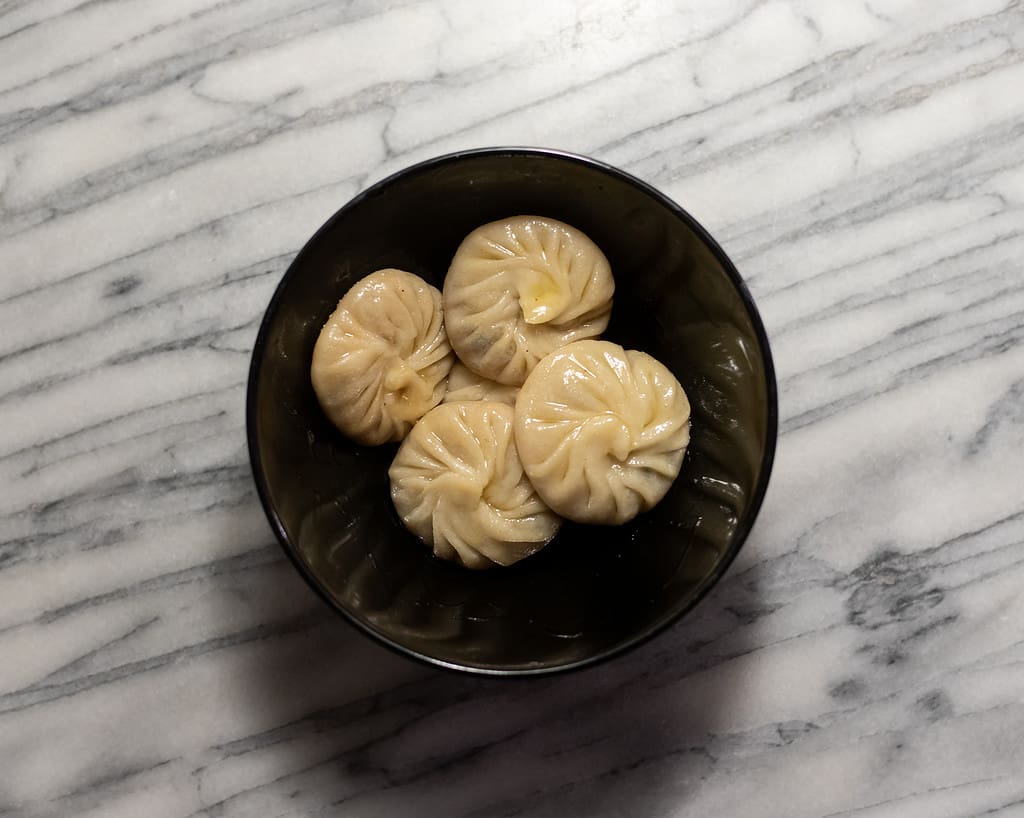
The name for xiaolongbao dumplings comes from the xiaolong, a basket cooks use to steam the dumplings.
©Cavan Images/iStock via Getty Images
Xiaolongbao is a type of small dumpling or steamed bun that chefs make in a xiaolong, a type of steaming basket. The dish originated out of Changzhou, first served by Wan Hua Tea House in the early 19th century. Xiaolongbao are made with leavened or unleavened dough, depending on the region of China that you’re in. Pork is the traditional filling, but newer fillings include other meats, seafood, and vegetables.
#7: Xilacayota Squash
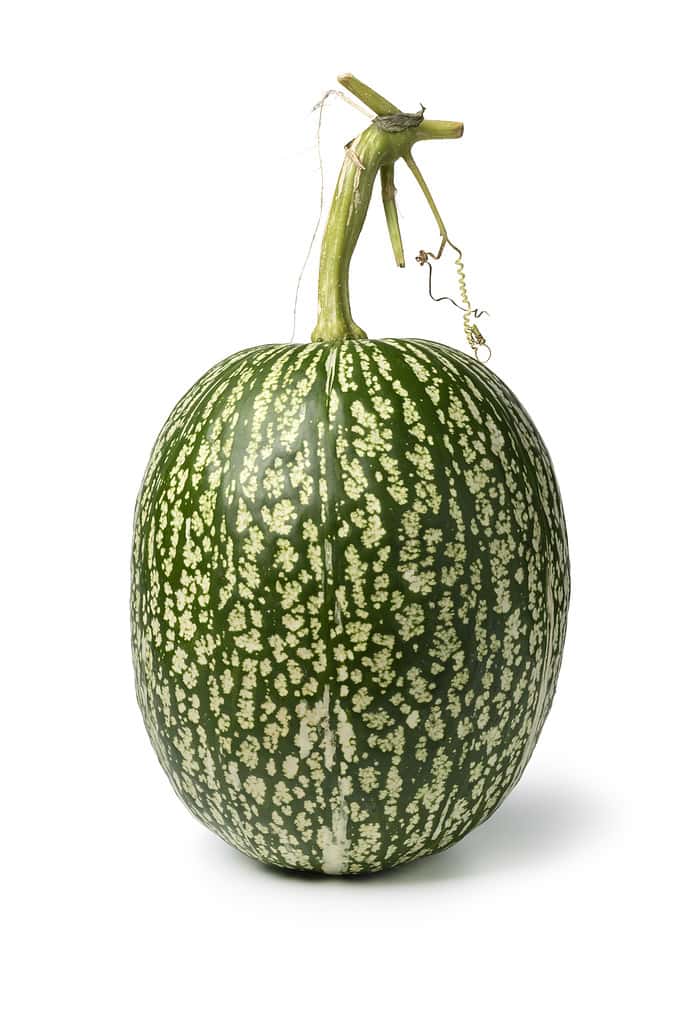
, or xilacayota squash looks similar to a watermelon but tastes like zucchini or chayote.
©PicturePartners/iStock via Getty Images
Xilacayota squash, also called chilacayote or alcayota, is a type of edible fruit that grows from the figleaf gourd vine. It’s round and similar to a watermelon on the outside, with a dark green rind with white splotches. The seeds are edible, as well as the fruit and the leaves of the plant. Its name comes from the Nahuatl word “Tzilacayotli”.
#8: Ximenia
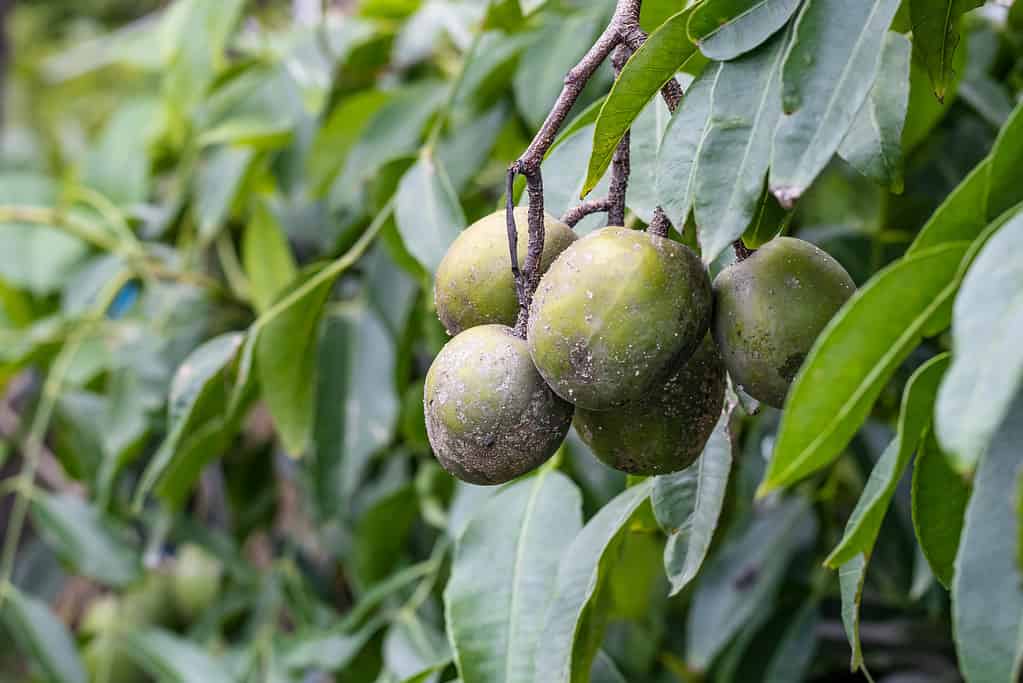
Hog plums grow in groups on trees in the tropics.
©Abul Hossain Asif/iStock via Getty Images
Ximenia americana, or hog plum, is a type of fruit that grows in the tropics. Markedly, you can only find it in the wild. The fruit and plant see use around the world in food and medicine. The leaves and twigs are useful in treating fevers and toothaches and for curing poisons. Additionally, the fruit, which tastes similar to an almond, can treat constipation. Because Ximenia has never been domesticated and due to deforestation in its native environment, it’s at risk of extinction.
#9: Xingren Doufu

Xingren doufu is a delicious dessert that tastes similar to almond milk pudding or jelly.
©Lcc54613/iStock via Getty Images
Xingren doufu is a type of dessert dish that’s popular in China. Other names for it are almond jelly and almond tofu. Recipes for it use apricot kernel milk, sugar, and agar. Cooks first soak the kernels before grinding and straining them. After that, they sweeten and heat with agar to solidify the dessert into a gelatin-like consistency. There are many variations of this dish around the world. In Taiwan, the mixture of apricot kernels and peanuts comprises the dish. In Hawaii, the traditional preparation of the dish includes the mixing of fruits with gelatin and almond extract.
#10: Xinomavro Grapes
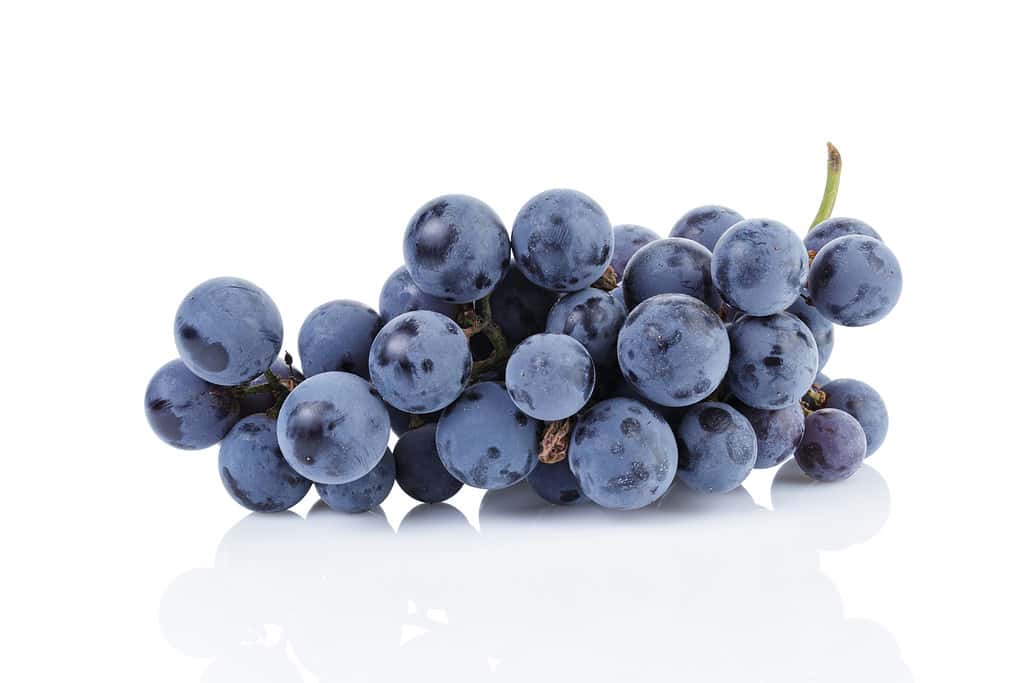
Xinomavro grapes are dark purple and almost black in color and taste very sour.
©GooDween123/iStock via Getty Images
Xinomavro grapes originated from the city of Naousa, in the region of Imathia, in Macedonia, Greece. The wine made from Xinomavro is one of the most well-known varieties in Greece. Xinomavro means sour (Xino) and black (mavro), which is how the grapes look and taste fresh off the vine. The plant is pretty disease-resistant and it prefers calcareous soil. The wine is high in acidity and tannins.
#11: Xinxim de Galinha
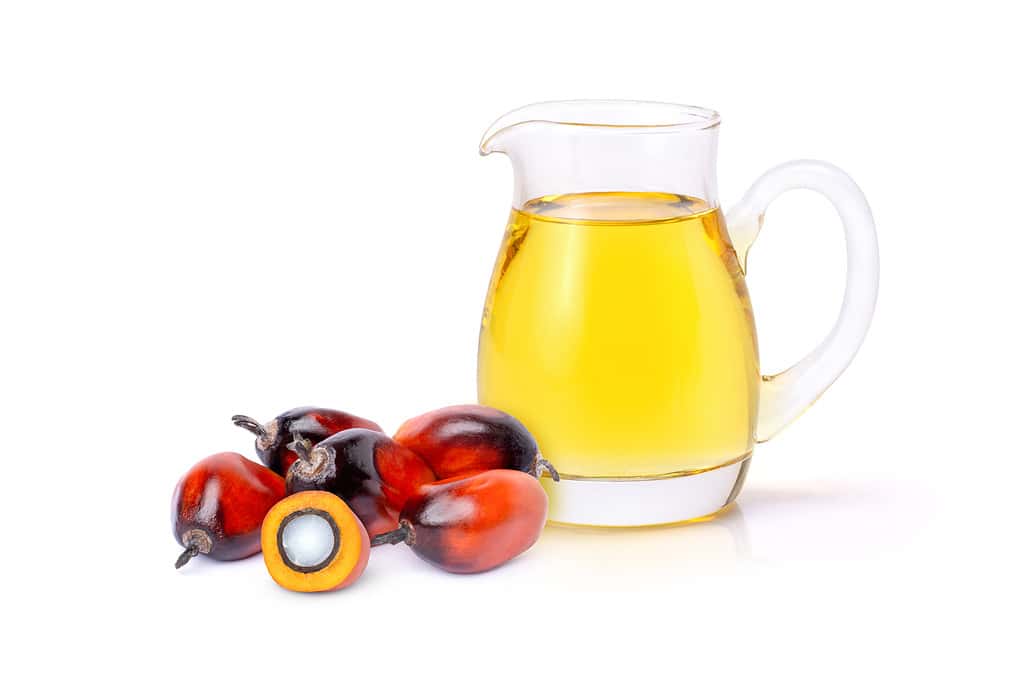
Xinxim de galinha is a chicken dish that utilizes dendê oil, which comes from the fruit of oil palms.
©Everyday better to do everything you love/iStock via Getty Images
Xinxim de galinha is a dish that comes from the Bahamas. It’s a type of chicken stew made with multiple spices, coconut milk, dendê oil, and peanuts. It comes from the state of Bahia in the northeastern part of the country. The dish takes anywhere between 45 minutes to an hour and a half to make.
#12: Xnipec

Habanero chilis — the main ingredient in xnipec sauce — rank 350,000 on the Scoville scale, which means they’re pretty hot peppers.
©iStock.com/Kateryna Bibro
Xnipec sauce gets its name from the Mayan words “ni” and “peek”, which mean “nose” and “dog.” It’s said that this sauce is so hot that it’ll make your nose wet like a dog. That could have something to do with one of the sauce’s main ingredients — habanero peppers! It’s similar to pico de gallo and pickled onions, but it has a bit different flavor than either.
#13: XO Sauce

Deep-fried snapper fillets stir-fried with black pepper, onion, bell pepper, carrot, and XO sauce.
©Artit_Wongpradu/iStock via Getty Images
The name XO comes from fine XO (extra old) cognac. That type of liquor is very popular in Hong Kong, where the sauce was first made. It was developed in the 1980s as a topping for Cantonese food and made from dried scallops, fish, and shrimp. The dried seafood is cooked with other ingredients and spices like onions, chili peppers, and garlic, but the sauce contains no cognac despite its slightly misleading name.
#14: Xocolatl

Chocolate in liquid form is the only type that humans have consumed for most of history. Chocolate bars weren’t invented until the late 1700s.
©Norasit Kaewsai/iStock via Getty Images
Xocolatl is the Aztec word in the Nahuatl language to describe a chocolate drink similar to hot chocolate. Solid chocolate in the form of bars didn’t exist until the 18th century, so before then it was always a drink. The modern word ‘chocolate’ actually comes from the original Nahuatl word. “Xococ” means bitter and “atl” means drink, so the original chocolate milk must have been a bitter treat!
#15: Xylitol

Peanut butter made for humans often contains ingredients like xylitol, but it’s toxic to dogs. Keep foods that have xylitol far away from Fluffy.
©Josfor/Shutterstock.com
Xylitol is a sugar alcohol that is natural in plants. It’s nearly as sweet as sugar but it doesn’t raise blood sugar levels and it contains about 40% of the calories. Even though xylitol comes from natural sources like plants, there are some cons to the sugar substitute. It can cause diarrhea, gas, and stomach upset for some people.
The real danger of xylitol is when it comes to your pets. Dogs are very sensitive to xylitol and their consumption of the sugar alcohol can lead to serious injury or death. Their bodies mistake the compound for glucose and produce large amounts of insulin. The insulin then causes the dog’s cells to absorb glucose in the bloodstream which leads to low blood sugar, liver failure, and possibly death. If you have a dog, keep foods that contain xylitol far away, or remove them completely.
10 More Foods That Start With X!
| Name | Description | |
|---|---|---|
| 16 | Xampinyons en Salsa | Xampinyons is the Catalan word for mushrooms, so this is a mixture of mushrooms in a sauce. The sauce is made of tomato puree, sherry wine, and spices. |
| 17 | Xerém | Xidoufen is a type of soup popular in China, specifically the Yunnan province. It’s made of pea meal and spices and is typically served with flatbread. |
| 18 | Xidoufen | Xidoufen is a type of soup popular in China, specifically in the Yunnan province. It’s made of pea meal and spices and is typically served with flatbread. |
| 19 | Xigua | Xigua is the Chinese word for watermelon. China is the largest producer and consumer of watermelons. |
| 20 | Xiphias Gladius | Xiphias gladius is the scientific name for swordfish. They are found in the Atlantic, Pacific, and Indian Oceans. |
| 21 | Xoconostle | Xoconostle is a type of cactus that is scientifically classified as Opuntia matudae. The word is also used to describe the cactus fruits, which are used in food and medicine. |
| 22 | Xoi | Xoi is a dish made in Vietnam that serves as a breakfast, snack, or dessert. It’s usually made with sticky rice and other ingredients. It can be sweet, with additives like fruit and coconut milk, or savory, with beans and meat. |
| 23 | Xouba | In Galicia, Spain, small sardines are also called xouba. They are often served fried or in a stew. |
| 24 | Xuanina Apples | Xuanina apples originated in northwestern Spain in the principality of Asturias. They are red, sharp, and often used for cider making. |
| 25 | Xylocarp | A xylocarp is a word that describes a fruit with a hard, woody outer shell. A coconut is the most common example. |
The photo featured at the top of this post is © Artit_Wongpradu/iStock via Getty Images
Thank you for reading! Have some feedback for us? Contact the AZ Animals editorial team.







